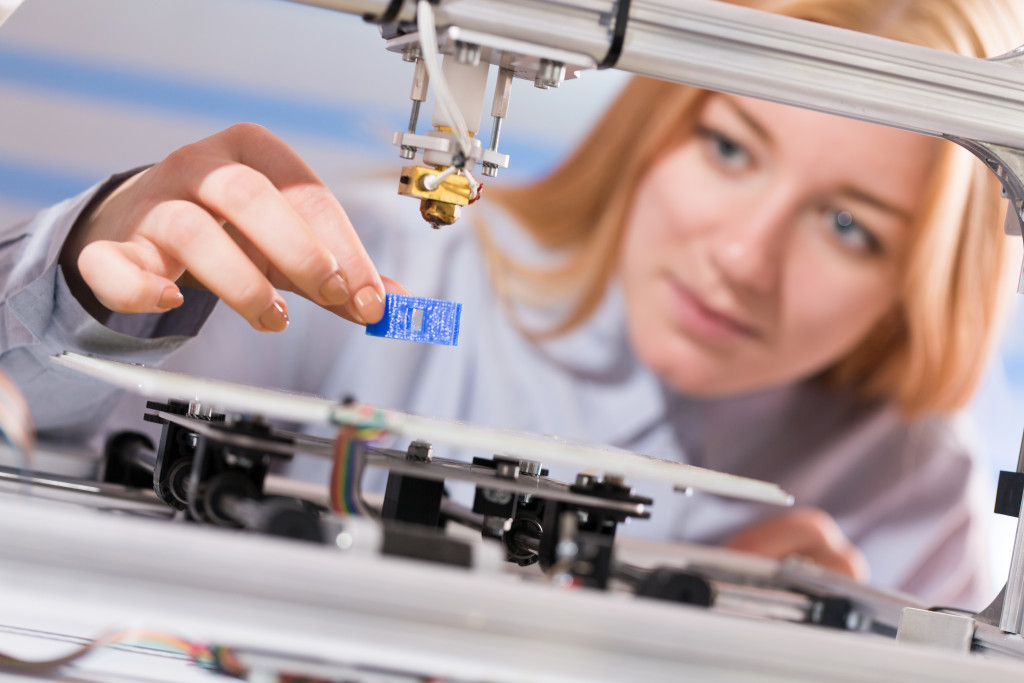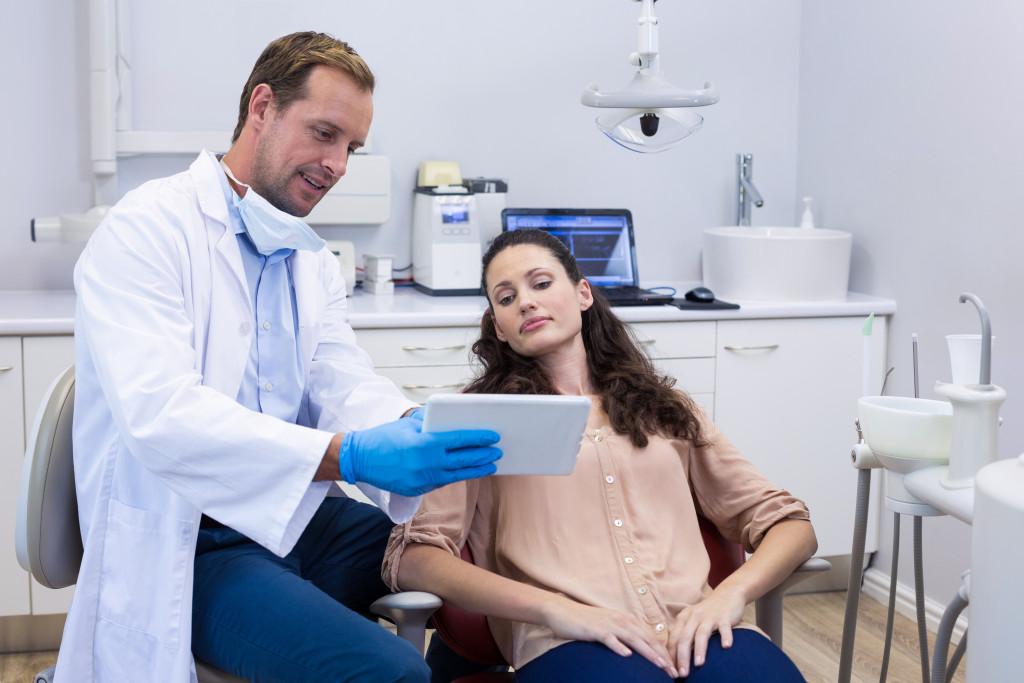The dental industry is constantly changing and evolving. To stay ahead of the curve, dentists and other professionals in the dental industry must continuously learn new techniques and technologies.
Among these two, getting ahead in technology is one of the most essential if you want your dental clinic to succeed. Techniques don’t matter if you’re not up-to-date with the latest technology. One of the most popular and effective technologies in dentistry is laser dentistry. Here’s what you need to know about it.
Laser Technology
The first laser was built in 1960 by Theodore Maiman. Then, it was a simple device consisting of a ruby crystal that emitted light when stimulated. Lasers have come a long way since then. Today, they are used in many different fields, including dentistry.
Lasers can be used for dental purposes, such as teeth whitening, cavity detection, and gum disease treatment. They are also effective for treating oral cancer. Laser therapy is now the standard of care for early-stage oral cancer.
Lasers offer many advantages over traditional dental treatments. They are precise and accurate, which makes them ideal for treating small areas. They are also gentle and cause little to no pain. This makes them suitable for use on patients who are apprehensive about dental treatment or have a low pain threshold.

3D Printers
3D printers are another technology that is becoming increasingly popular in the dental industry. These devices create three-dimensional objects from a digital file. They are essential because they reduce the amount of time for specific procedures.
Orthodontists use 3D printers often because they need them to create dental appliances. One of the essential dental appliances they make is dental implants. These implants are made of titanium and are used to replace missing teeth.
Because of 3D printers, the turnabout time for implants has decreased significantly. In the past, it would take days to create an implant. Now, professionals can do it in hours or even minutes.
CAD/CAM
3D printers won’t be helpful without a computer-aided design (CAD) or computer-aided manufacturing (CAM) system. These systems are used to create digital models of dental appliances. The digital models are then sent to the 3D printer.
CAD/CAM systems make it possible to create custom-fitted dental appliances. They are also essential for creating implants that fit perfectly in the jawbone. As a result, this technology has revolutionized the way orthodontists and other dental professionals work.
They are also often used to create 3D models of teeth for cosmetic purposes. For example, these models can be used to plan dental veneers, crowns, and other cosmetic procedures.
Additionally, there are many benefits to using CAD/CAM. Here are some of them:
- Increased accuracy
- Reduced treatment time
- Reduced chair time
- Reduced costs
The combination of 3D printers and CAD/CAM systems has made it possible to create dental appliances quickly and easily. This technology is a game-changer for the dental industry.
CBCT Scanners
CBCT scanners are another essential piece of technology for dental clinics. They are used to create three-dimensional images of teeth, jaws, and other structures in the
Digital X-Rays
Digital x-rays are another technology that is becoming increasingly popular in the dental industry. These x-rays are taken with a digital sensor instead of film. As a result, they offer several advantages over traditional x-rays, such as:
-
Lower radiation exposure
Digital x-rays emit up to 90% less than traditional x-rays. This makes them safer for both dental professionals and patients.
-
Higher quality images:
Dental professionals can produce clearer images than traditional x-rays. This makes them more diagnostic.
-
Ease of storage
Many clinics can store these images on a computer or in the cloud. This makes them easy to access and share with other dental professionals.
-
Less Invasive
Digital x-rays are less invasive than traditional x-rays. They do not require the use of chemicals or film.
Digital X-rays are crucial for many dental procedures, such as teeth whitening and implants. They are also essential for detecting oral cancer.
Teledentistry
Teledentistry is a relatively new technology that is becoming increasingly popular in the dental industry. It uses telecommunications to allow dental professionals to provide care to patients remotely.
Teledentistry can be used for many different purposes, such as:
-
Dental consultations
Dental professionals use it for initial dental consultations. It’s particularly helpful for patients who live in rural areas.
-
Diagnostics
It can also be for diagnostic purposes like teeth cleaning and x-rays.
-
Treatment planning:
When it comes to treatment planning, teledentistry can be crucial, especially in orthodontic treatment.
-
Follow-up care
It can also be used for follow-ups, such as post-operative appointments.
-
Increased access to care
It can improve access to care for patients who live in rural areas.
-
Increased convenience:
Teledentistry is more affordable than physical visits for check-ups.
-
Reduced costs
Teledentistry can reduce the cost of dental care.
Teledentistry is a powerful tool that can help dental clinics provide better care to their patients. These are just a few of the technologies that are helping dental clinics succeed. Investing in these technologies can make your clinic more efficient and effective. You can also provide better care to your patients.

